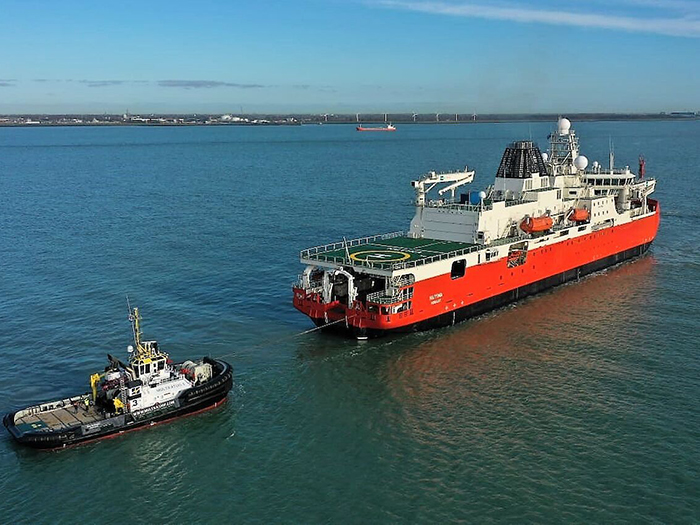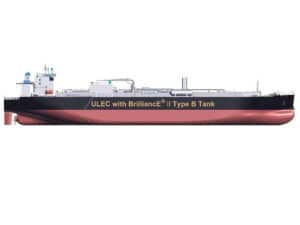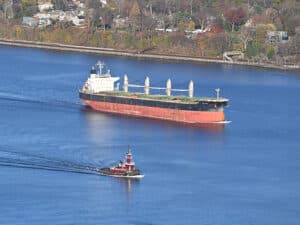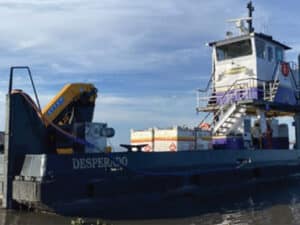
Australia’s new icebreaker starts sea trials
Written by Nick Blenkey
RSV Nuyina will form the centerpiece of the Australian Government’s Antarctic Strategy and 20 Year Action Plan.[Photo: Damen]
The Australian Antarctic Program’s new icebreaker, the 160.3-meter RSV Nuyina, recently left the Netherlands port of Vlissingen to commence trials in the North Sea.
The month-long sea trials phase marks an important milestone for the Australian Antarctic Division, ship manager Serco and shipbuilder Damen.
Sea trials will be followed by additional weeks of deepwater trials. Testing of the ship’s speed, noise, propulsion systems, steering, advanced electrical systems, and science equipment will take place as the vessel prepares for final sea ice trials in the Arctic early next year.
RSV Nuyina will play a central role in the Australian Government’s Antarctic Strategy and 20 Year Action Plan.
The ship will provide a world-class scientific platform for Antarctic researchers, carrying cutting-edge equipment to study the depths of the Southern Ocean, sea ice and the upper atmosphere.
With the capacity to carry 117 expedition members, 32 crew, 1.200 tonnes of cargo and 1.9 million liters of fuel, the icebreaker will be the main lifeline to Australia’s Antarctic and sub-Antarctic research stations for decades to come.
Nuyina (meaning “southern lights” in palawa kani, the language of Tasmanian Aborigines, pronounced noy-yee-nah) is expected to arrive in its home port of Hobart in mid-2021 to commence Antarctic operations in next year’s summer season.
The heavy icebreaker was designed for the Australian Government by Danish naval architectural firm Knut E. Hansen to resupply Antarctic bases and for research and scientific work.
The vessel can deploy a wide range of vehicles, including helicopters, landing barges and amphibious trucks to support the resupply operations.
The new ship provides a modern platform for marine science research in both sea ice and open water with a large moon pool for launching and retrieving sampling equipment and remotely operated vehicles.
Unique to the vessel is a diesel-direct + PTI (electric hybrid) propulsion system to provide both the high power needed for icebreaking and silent running for science operations.
Sensitive acoustic instruments are mounted on dual drop keels and multi-beam bathymetric sonars will enable sea floor mapping.




